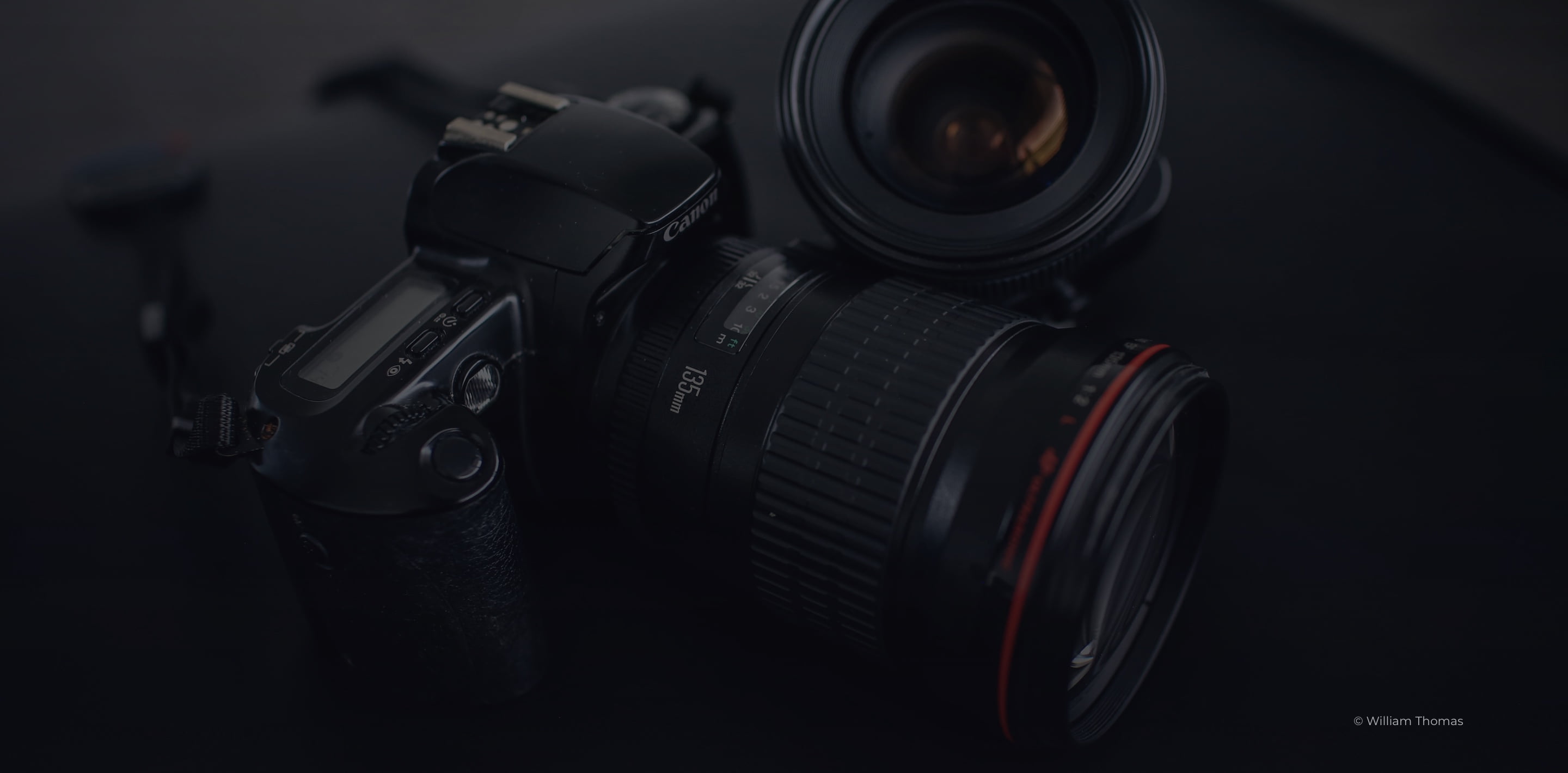rarebird
New member
Got my 180-600 lens a few weeks ago and have not been impressed with its backyard sharpness. Had it tested and recalibrated by Nikon and took a couple of shots today in bad light (and when it stopped raining for a short while here in Oz.)
I am a bit happier with it now but more work to be done. The two images attached are straight out of the camera (RAW converted to JPEG in LR) but cropped. No other processing. Hand held and in VR Sports mode.
Hopefully some better light and more practise will get me nearer to (but not the same as) my 500PF.
I am a bit happier with it now but more work to be done. The two images attached are straight out of the camera (RAW converted to JPEG in LR) but cropped. No other processing. Hand held and in VR Sports mode.
Hopefully some better light and more practise will get me nearer to (but not the same as) my 500PF.




